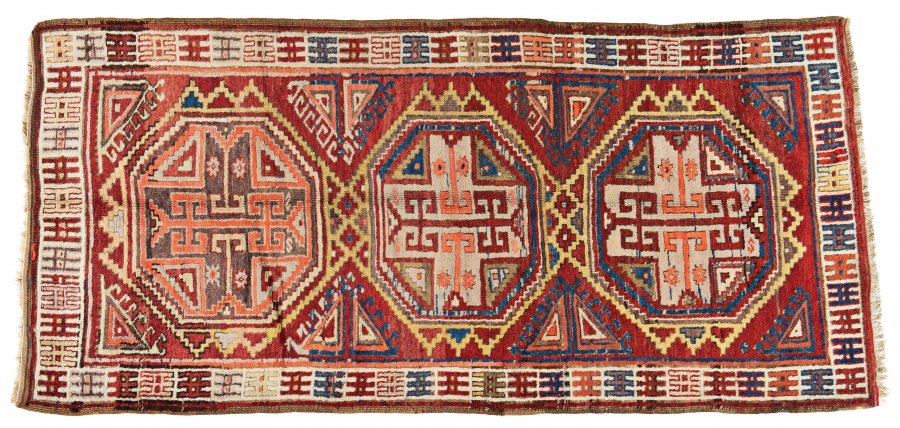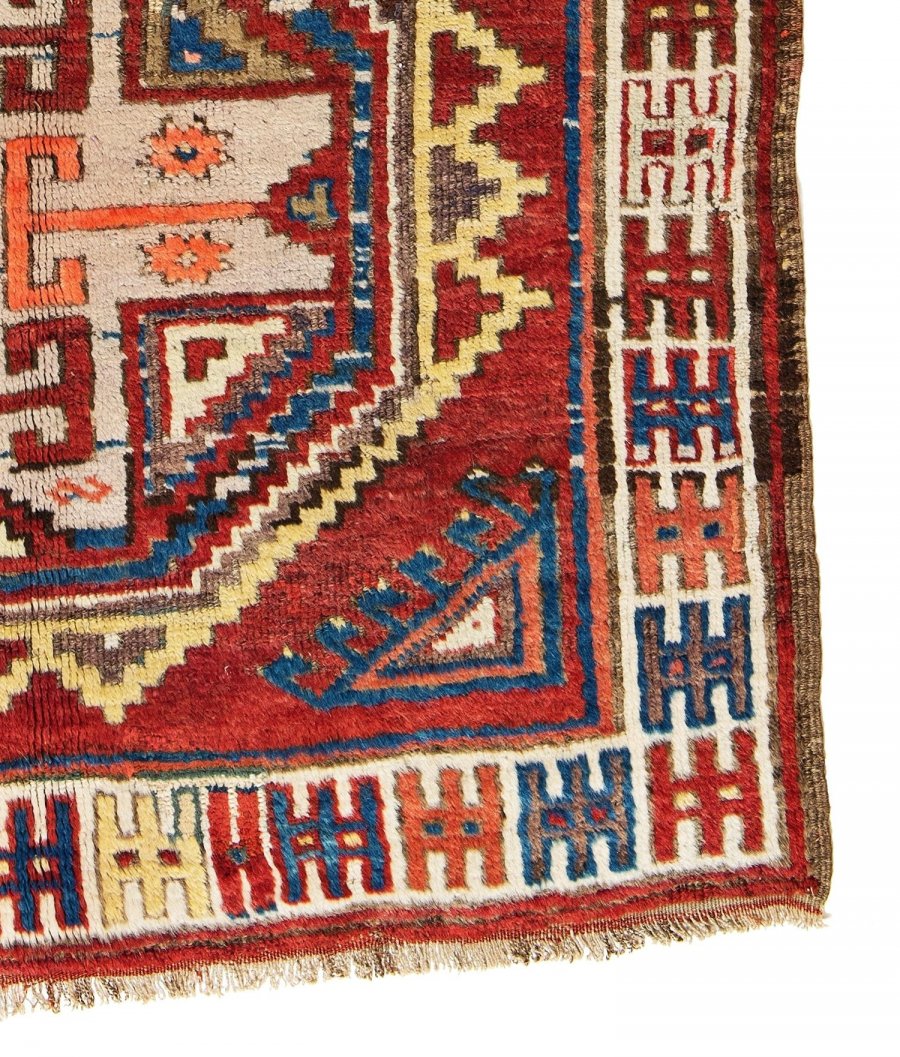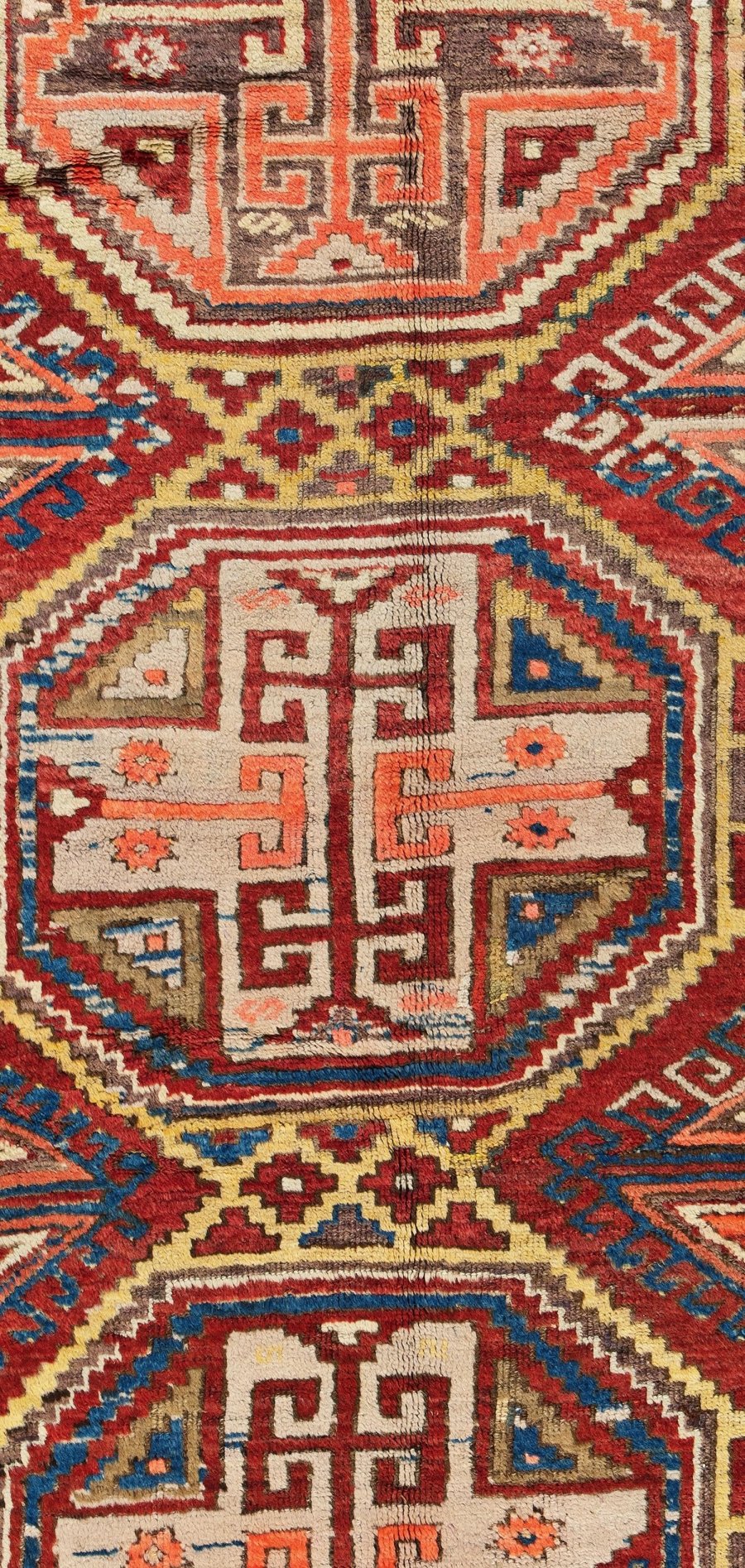Lot 140
KONYA RUG
um 1890
283 x 133 cm (h x b)
| 542 EUR
| 583 EUR
An honest village rug made of lustrous hand-spun wool with a high lanolin content, used in the region to bind the thick carpets that were used for sleeping shepherds and their families in simple summer mountain dwellings. The design is dominated by three octagonal medallions, in which the ram's horns are particularly prominent as a popular symbol of virility and fertility, especially in pastoralist cultures. The layered triangles are a popular motif for good luck, and the hook motifs (the so-called 'jengel') originate from ancient Anatolian cultures, where they probably had a protective meaning. Very remarkable is the wide border, which is more likely to be found on rugs without fleeces (called kelims) and decorated with an archaic finger motif (the so-called 'parmakli' motif). A very novel palette of colours, amongst which the subtle salmon hue, which may have been achieved by the use of turmeric in the dyeing process, is particularly striking.
Andere Auktionsgegenstände
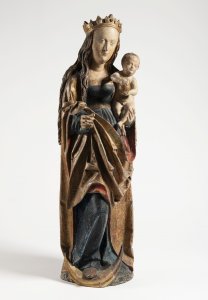
Lot 1 GOTHIC MADONNA
Rufpreis180 000 CZK | 7 500 EUR
Erzielter Preis
280 000 CZK | 11 667 EUR
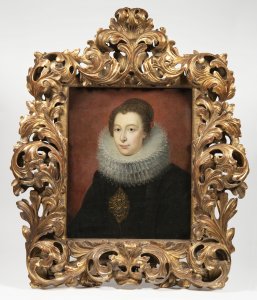
Lot 2 PORTRAIT OF A LADY
Rufpreis90 000 CZK | 3 750 EUR
Erzielter Preis
120 000 CZK | 5 000 EUR
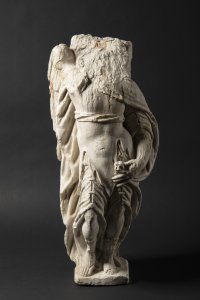
Lot 3 MANNERIST SAINT MICHAEL TORSE
Rufpreis40 000 CZK | 1 667 EUR
Erzielter Preis
120 000 CZK | 5 000 EUR
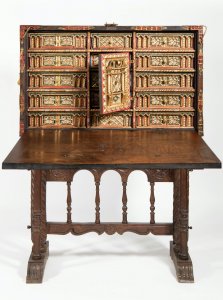
Lot 4 BARGUEÑO CABINET
Rufpreis90 000 CZK | 3 750 EUR
Erzielter Preis
160 000 CZK | 6 667 EUR
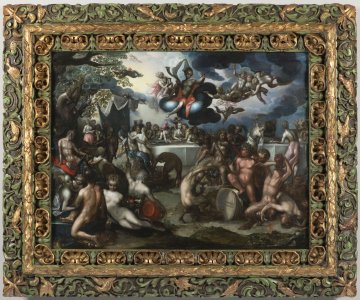
Lot 5 THE WEDDING OF PELLEUS AND THETIS
Rufpreis650 000 CZK | 27 083 EUR
Erzielter Preis
800 000 CZK | 33 333 EUR
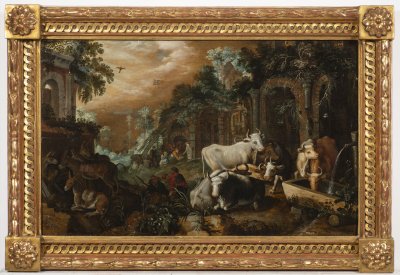
Lot 6 PASTORAL SCENE
Rufpreis380 000 CZK | 15 833 EUR
Erzielter Preis
420 000 CZK | 17 500 EUR
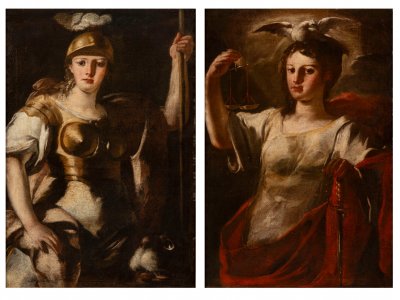
Lot 7 PAIR OF ALLEGORIES
Rufpreis160 000 CZK | 6 667 EUR
Erzielter Preis
170 000 CZK | 7 083 EUR
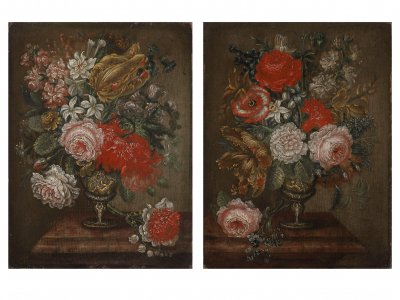
Lot 8 PAIRED FLORAL STILL LIFES
Rufpreis35 000 CZK | 1 458 EUR
Erzielter Preis
35 000 CZK | 1 458 EUR
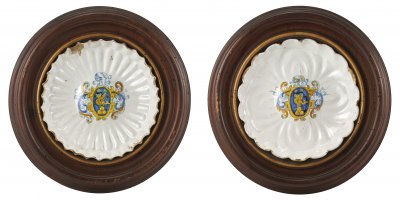
Lot 9 PAIR OF CERAMIC PLATES
Rufpreis25 000 CZK | 1 042 EUR

Lot 10 LARGE PROSPECTUS OF PRAGUE FROM PETRIN HILL
Rufpreis40 000 CZK | 1 667 EUR
Erzielter Preis
75 000 CZK | 3 125 EUR
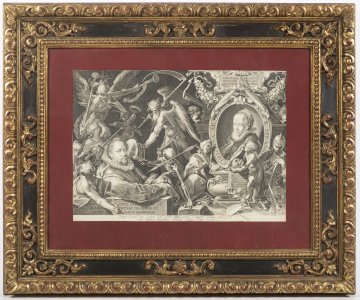
Lot 11 BARTHOLOMEUS SPRANGER AND CHRISTINA MULLER
Rufpreis25 000 CZK | 1 042 EUR
Erzielter Preis
33 000 CZK | 1 375 EUR
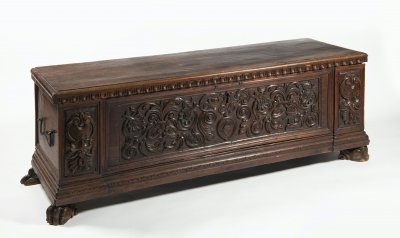
Lot 12 MANNERIST CHEST
Rufpreis24 000 CZK | 1 000 EUR

